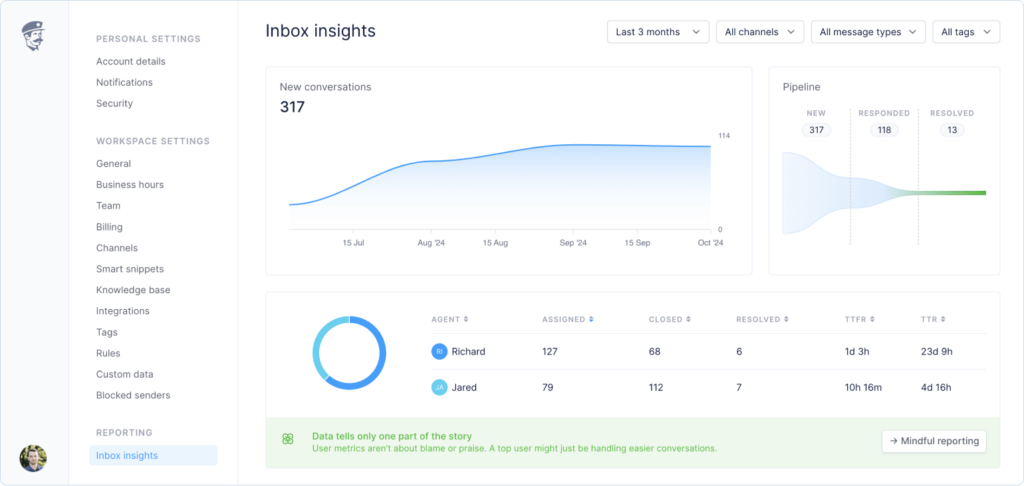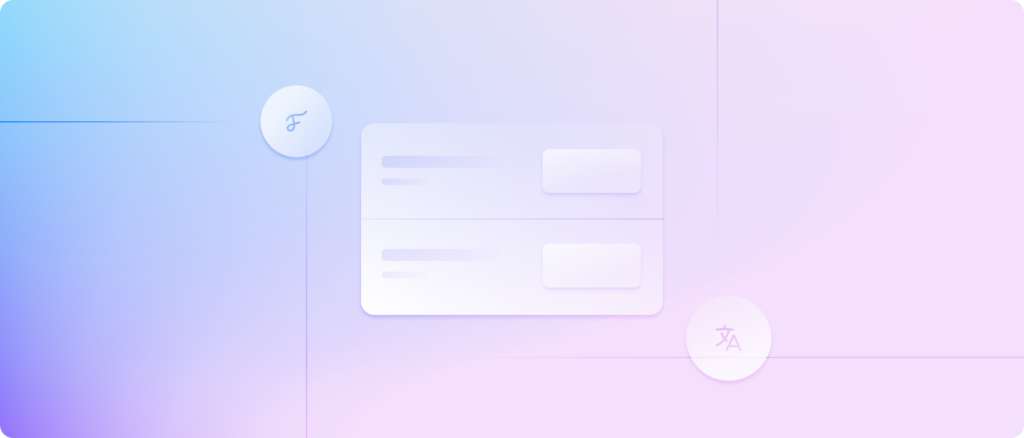
We’re delighted to release our GitHub integration to all users today. You can activate it by visiting Settings (hit G then S) → Integrations → GitHub.
Just like our Linear integration, this GitHub integration creates a tight feedback loop between support and product. From any Fernand conversation, you can:
- Create a GitHub issue without leaving the inbox
- Link a conversation to an existing GitHub issue
- Automatically re-open conversations when you change the status of an issue on GitHub and close the loop with your customers
- Keep customer context close to engineering, and engineering status close to support
We’ve carefully mirrored most of the GitHub issue fields so you keep the same level of control from Fernand. All keyboard-first, all fast.

This release also includes close to 200 minor bug fixes, edge cases and performance improvements across the product:
- Cleaner AI drafts, with no more extra line breaks when the AI writes replies
- Images sent via the widget now render correctly in the support inbox without needing a refresh
- You can search across all KB articles, and link articles inside other articles for cleaner docs
- More control and customization on the widget home
- Generate a KB article from any conversation using AI, then refine it directly in the editor
- Overall reliability: many fixes around translations, tags, timestamps, mobile refresh, and chat widget edge cases
Calm, fast, integrated with GitHub, and a bit more polished everywhere.

































